Prague Ratter
Prague Ratter is a miniature dog breed originating in the Czech Republic that holds the record for the smallest dog in the world (measured by height). Chihuahuas are the smallest dogs in the world measured by weight. They are alert dogs with a keen sense of smell that has been used for killing rats.
This dog breed dates several centuries, but there are no direct records of the origin of these dogs. Today these dogs are not as popular worldwide as they are in their native land.
FUN FACT: These dogs are called Pražský Krysařík in their native land.

Height:
8-9 in (21-23 cm)

Weight:
3-8 lb (1,5-3 kg)

Origin:
Czech Republic

Life Expectancy:
12-14 years
Dog Breed Characteristics
Appearance
An accurate representation of the black and tan dog's appearance can be imagined by picturing it as a miniature Doberman or Miniature Pinscher.
The Prague Ratter has the same athletic lean shape as a Doberman but is packed in a smaller package. This pup has a pear-shaped head with an almost fox-like, narrow muzzle. There are hints of alertness to their pricked ears, which appear to be somewhat comically larger than their heads.
A tan spot above the eye gives them a slightly quizzical appearance. The Prague Ratter has a straight, slender tail that was traditionally docked.
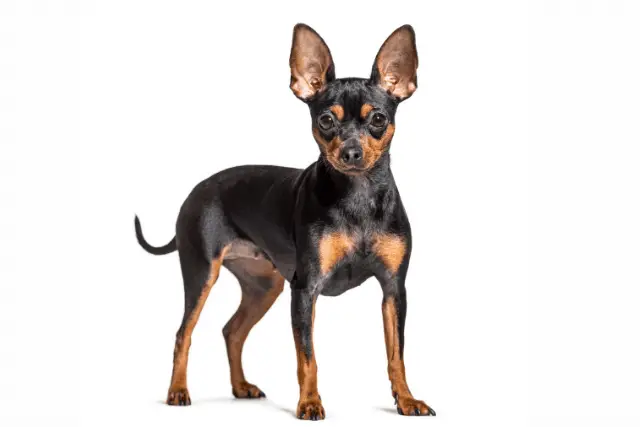
Coat type and color
The Prague Ratter's short hair and smooth coat help distinguish it from other ratting breeds. Black and tan are mostly seen colors in this breed, but brown/tan and merle/red are also acceptable variations on their coats.
Temperament
The Prague Ratter's temperament can be described in various ways, depending on how well socialized they were as pups and how knowledgeable their owner is about training.
Even though these dogs are only a few inches tall, it's no surprise that they are up for the challenge of taking on rats. As a result, they are always on high alert for any movement that might indicate a squirrel or the family cat strolling nearby.
The dog's tendency to stalk and attack small animals means it is an undesirable pet for families who already have a slew of small animals.
As a very food-motivated dog, the Prague Ratter does best when rewarded for good behavior. This allows the dog to use their energy in a more productive way, rather than becoming a frustrated or domineering pet.
Prague Ratters can make excellent pets for the right people if the dog is raised correctly. They are affectionate, loyal, and loving toward their owners. Remember that puppies have a natural aversion to strangers, so look for a breeder who takes the time to properly socialize their puppies from an early age.
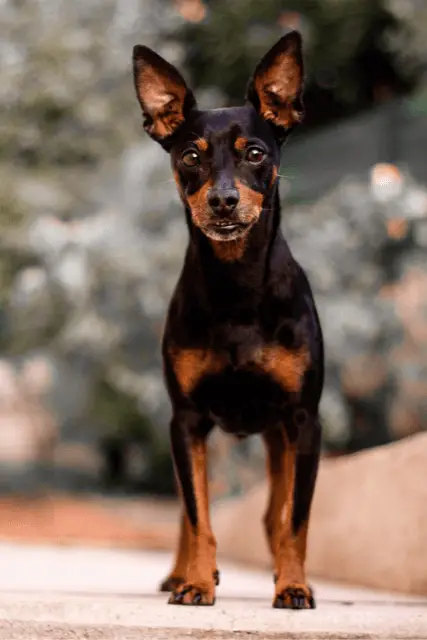
Care guide
The Prague Ratter might be a tiny dog, but that doesn't mean their needs are different than the needs of their larger counterparts. The absolute best thing you can do for your dog is to talk to a vet and create a tailor-made care regime.
Plus, keeping up with regular vet visits is one of the most essential parts of care. Here are the other vital aspects of Prague Ratter care.
Grooming
With its short, smooth coat, the Prague Ratter does not necessitate regular grooming appointments. To get rid of loose hair and distribute the natural conditioning oils, simply use a rubber brush once a week.
A mild, moisturizing dog shampoo should be used to avoid stripping the dog's coat and skin of its natural oils, but bathing once a month is recommended for this breed. Brushing and bathing are not the only aspects of grooming. You need to make sure your dog's nails are kept at a recommended length.
If the dog doesn't wear them out naturally and the nails grow too long, they can invert and cause all sorts of problems.
Make sure to check your Prague Ratter's ears. They should stand upright, meaning these dogs aren't too prone to ear infections. Nevertheless, ear hygiene is important, and you can keep your dog's ears clean by using pH-balanced ear cleaners.
Brush your dog's teeth as often as you can. The ideal regimen would be once a day, but a couple of times a week is better than most dog owners are doing. If your dog can't handle brushing, you can give them dental chews and toys that will eliminate tartar and plaque from your dog's teeth. Dental hygiene is essential, and you should make sure your dog's teeth remain in perfect condition.
Training
Even though the Prague Ratter is considered independent and sometimes stubborn, they have a soft spot for pleasing their owners. Motivated by praise and rewards, their training progresses quickly. A common mistake in dog training is to put off necessary training sessions because the dog is so small.
While it may be tempting to physically rescue the dog from trouble, this can lead to a dog who believes you are their servant and can lead to a snappy dog who suffers from "small dog syndrome."
Think of a Prague Ratter as a miniature Doberman and give them the same amount of training and time you would give some larger breeds. Consider using the dog's intelligence to teach them a few tricks instead. As long as your pup is having fun during training sessions, they will be more likely to focus on their owner.
They love using their brains and learning new and complex tricks.
Exercise needs
Despite its small stature, this is a highly energetic breed. Lengthy walks that provide the Prague Ratter with plenty of time to run, sniff, chase, and otherwise have fun are essential for the dog's well-being. Playing fetch is certainly one of this breed's favorite games, so take advantage of this to help the dog fulfill its innate desire to hunt.
As a smaller dog, the Prague Ratter can participate in dog agility and tracking events typically reserved for larger breeds.
Socialization
Many dog owners who share their homes with tiny dog breeds forget that socialization should play a big part in their dogs' lives. The Prague Ratter is no different. They should be socialized from the moment they arrive at your home. In fact, the process of socialization is even more critical for tiny dogs because they can have "small dog syndrome." It is crucial to teach them proper social rules and etiquette.
Introduce your Prague Ratter puppy to different situations. Take them to busy streets and dog parks. They can learn how to behave and what appropriate responses are to various situations. However, make sure your tiny dog is safe at all times.
Larger dogs in the dog park can easily trample the small dog and cause severe injuries.
Prague Ratters and kids
The Prague Ratter might not be an ideal choice for households with toddlers. Toddlers can't understand how gentle they have to be with these dogs. Even though Prague Ratters can seem feisty, they are actually very fragile. Toddlers and enthusiastic kids might accidentally injure the poor dog.
This breed is better suited for homes where kids are a bit older and know how to safely interact with this specific breed.
Prague Ratters and other pets
The most important thing future Prague Ratter owners need to know is this - Prague Ratters are working dogs. They might be tiny, but they were developed to hunt mice and rats in tight places larger ratters couldn't reach.
These dogs have a high prey drive, and living with other pets, such as guinea pigs, gerbils, or ferrets, might not be possible. Prague Ratters get along great with other dogs if other dogs are careful and gentle with this miniature breed.
Health
Prague Ratter is considered a healthy dog breed with a life expectancy of 12-14 years. Small dog breeds usually live longer than large or giant ones, so this is something this breed has going for it. However, like most pureblooded dog breeds, these dogs are prone to specific health issues.
Those issues are;
- Fractures - As a result of their weak leg bones, the Prague Ratter is vulnerable to injuries like fractures.
- Patellar luxation - A knee condition known as patellar luxation causes the kneecap to dislocate, resulting in a bent-knee position.
Breeders
The Prague Ratter is not the most popular breed out there. That means that getting one of these dogs might be complicated. Since they aren't popular, dog breeders might have trouble selling Prague Ratter puppies. That also means there simply aren't many Prague Ratter breeders out there.
However, some are dedicated to this breed. You should pick the most reputable and responsible breeder and get a puppy from them.
World Dog Finder team

Updated at31.08.2023.
Breed History
The Prague Ratter is a breed that has been around for a long time, but there are no official records of its origins. These dogs were prized by the aristocracy of Bohemia, where they were initially bred. State gifts from the Bohemian royal family to European kings frequently included the Prague Ratter.
One day, the Polish king, Boleslaw II, saw and brought home two dogs. Small, fast dogs with a natural talent for killing rats became popular not only in court but also among the general populace because they were small and agile. It's no wonder so many people wanted to own one. In the 1800s, a new dog breed, the Miniature Pinscher, took this breed's place.
As a result, the Prague Ratter's popularity dwindled, and its numbers decreased. A breeding program for the Prague Ratter was only started in the 1980s after a concerted effort by the breed's supporters.
There are approximately 6.000 Prague Ratters in existence today. However, the breed is not registered in any major kennel clubs outside their native Czech Republic and its neighboring country of Slovakia. Still, it often plays a part in specific groups in various dog shows.
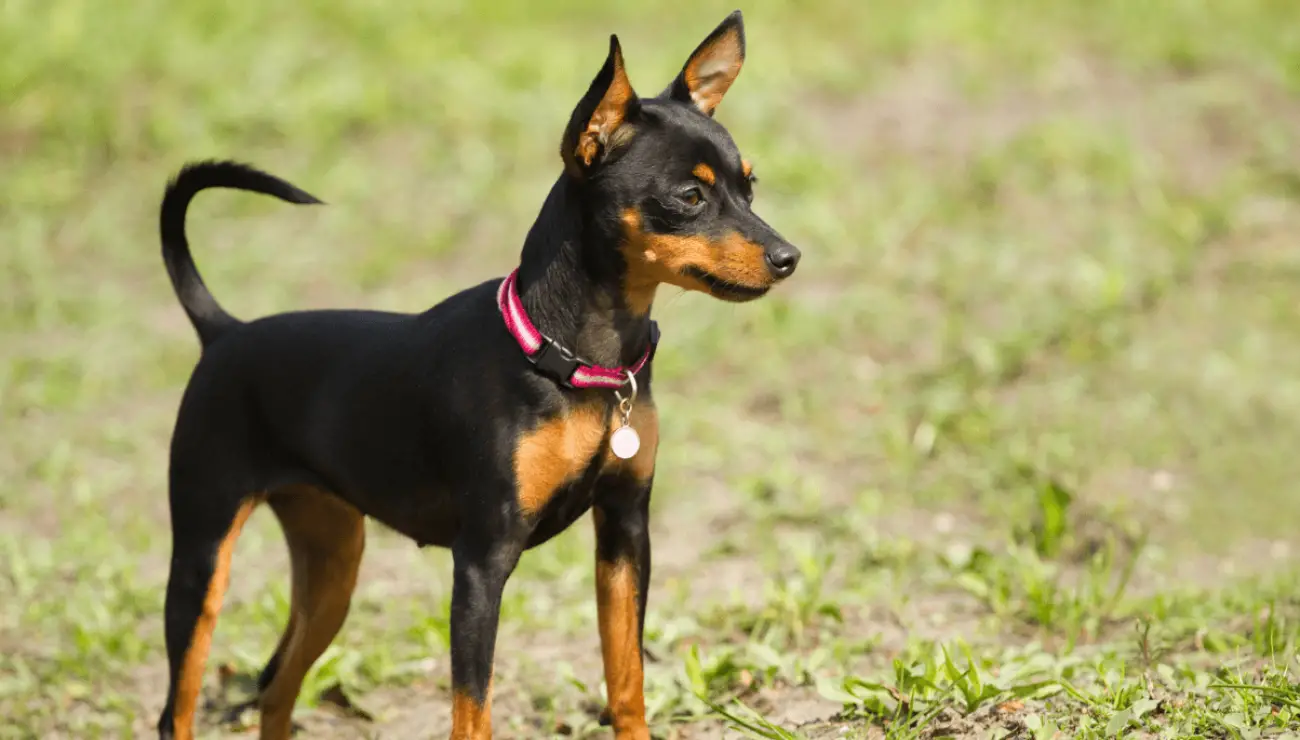
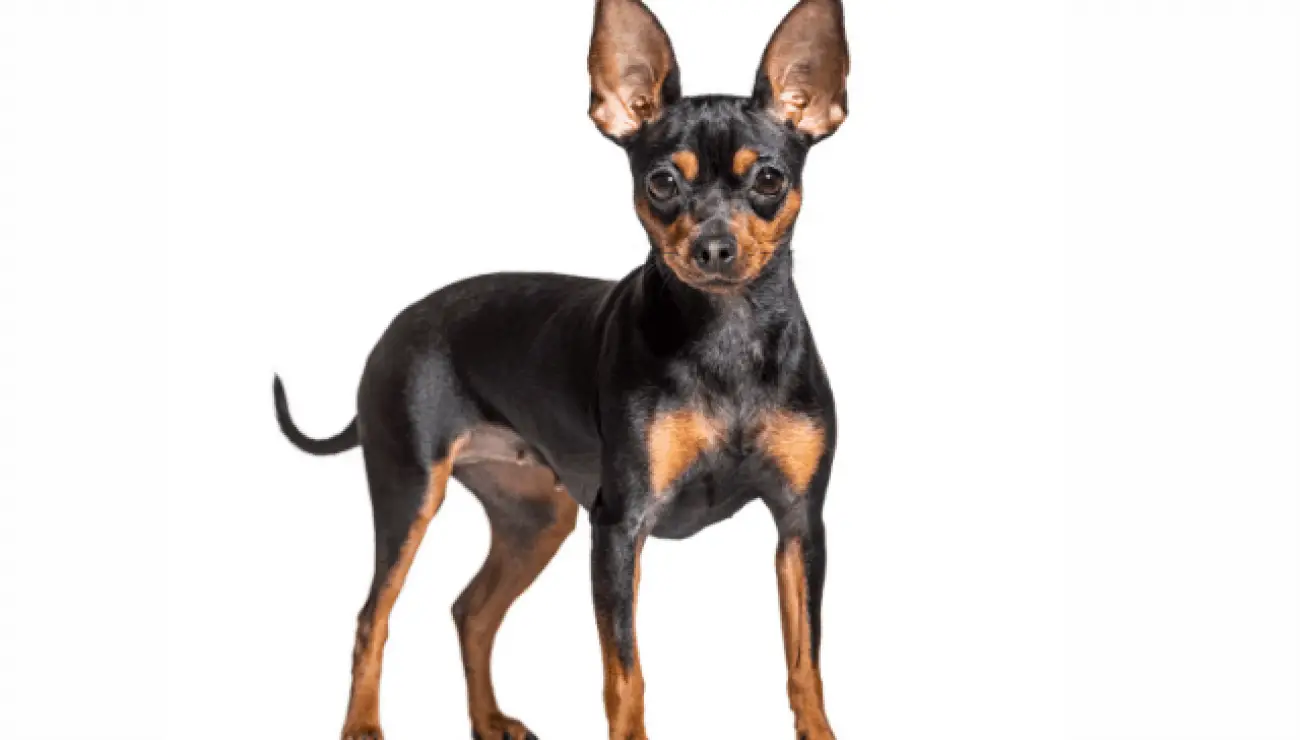
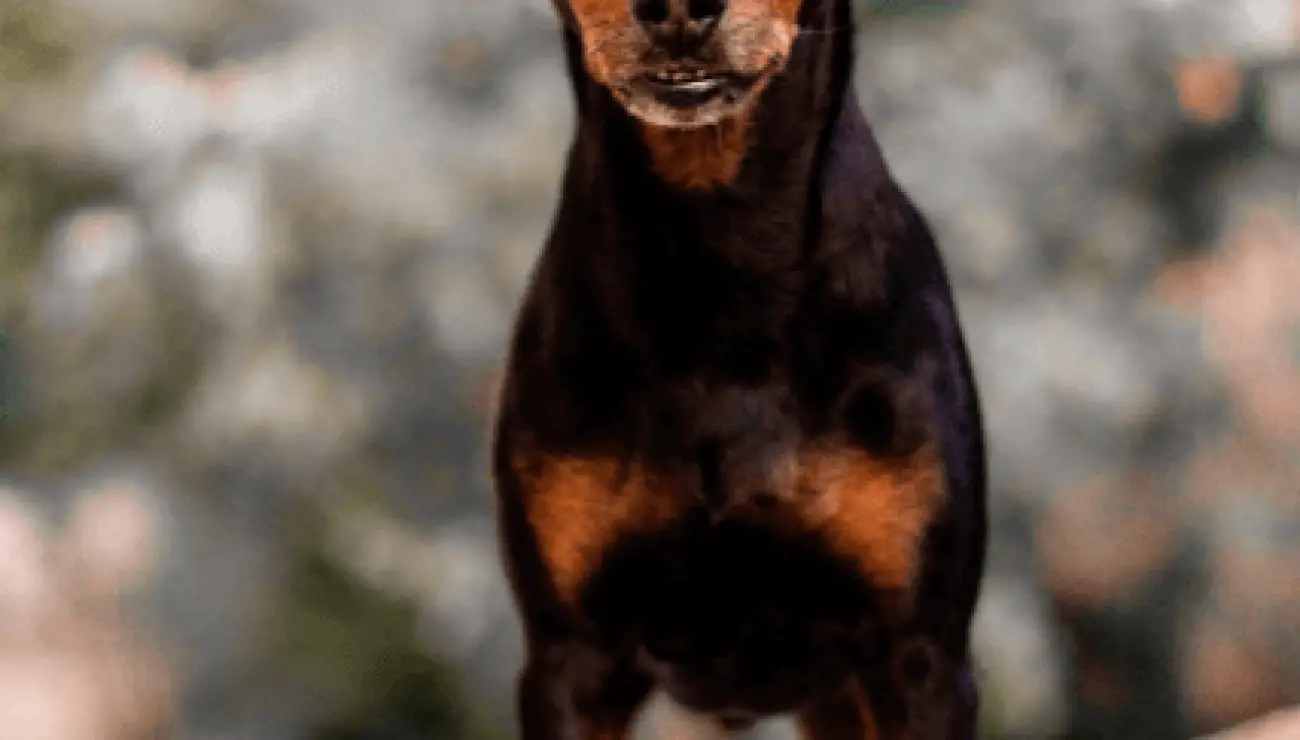







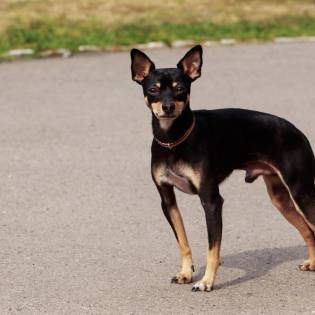



Share